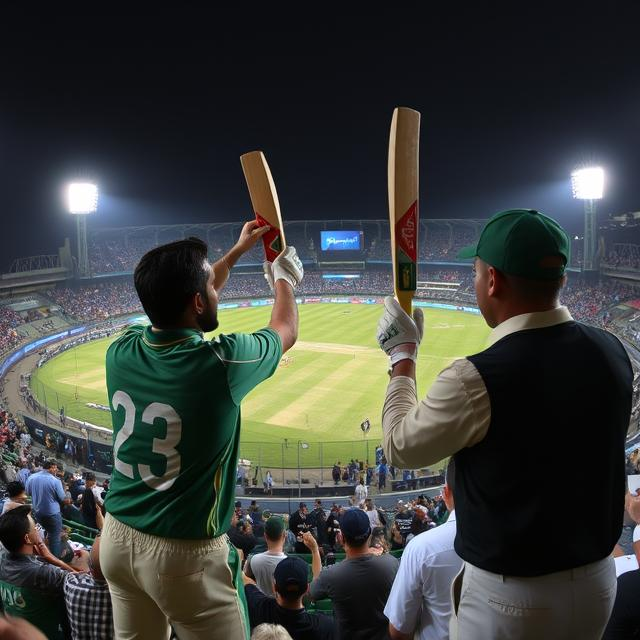Pakistan Cricket Board Prize Distribution 2017: A Comprehensive Look

Pakistan Cricket Board Prize Distribution 2017: A Deep Dive into the Rewards
The year 2017 was significant for Pakistani cricket, marked by both triumphs and tribulations on the field. This article delves into the Pakistan Cricket Board (PCB) prize distribution of 2017, examining the financial incentives offered to players and the broader context of the team’s performance throughout the year.
This analysis isn’t just about figures; it’s about understanding the motivations behind prize structures, the impact of individual and team achievements on the national game, and the overall financial health of Pakistani cricket.
Understanding the Context: Pakistan Cricket in 2017
Pakistan’s cricket journey in 2017 was a rollercoaster. Victories were mixed with disappointing losses, highlighting the ups and downs of international cricket. Understanding the performances across various formats – Tests, ODIs, and T20s – and the specific tournaments is crucial to appreciating the significance of the prize distribution.
Key Tournaments and Performances (2017)
The year saw Pakistan participate in crucial international series, including tours and home matches against key rivals like India, Australia, and England. Pakistan’s consistent results in each format provide a necessary basis for assessing the distribution of prize money. Specific details of matches and outcomes will be crucial to understanding how the prize allocation reflects the on-field results and performances.
A thorough examination of these tournaments’ results is imperative to fairly evaluate the financial rewards, taking into account player contributions to wins, losses, and overall team performance in different playing conditions.
The Prize Distribution Model in Pakistan Cricket
The PCB’s prize structure likely factors in several elements: individual performances, team success, match outcomes, and the specific format of the match (Test, ODI, T20). The distribution system could be based on a point system, where individual performances, and match wins/losses would all contribute. Detailed information about the specific formula used would further illuminate the transparency and fairness of the system.
In addition, factors like the quality of the opposition should also be considered when reviewing the total financial awards. Did playing a stronger opposition or a less dominant opposition affect the prize distribution? This would provide deeper insight into the criteria used in awarding these prizes.
Analyzing Individual Player Performance and Rewards
It’s essential to analyze the performance of key players alongside the prize distribution. Were the rewards proportional to individual contributions? Top performers should have received substantial rewards, reflecting their impact on the team’s success.
Analyzing the individual performance of prominent players allows for a more nuanced understanding of how rewards were distributed and if they aligned with expectations based on the players’ crucial roles during matches and series.
Impact on Player Motivation and Future Performance
The prize structure of 2017, especially if it reflected consistent and notable team performances, could have significantly influenced player motivation and dedication in future matches.
It is important to understand if player motivation was aligned with team performance and financial rewards. Were these rewards seen as enough motivation, or did they fall short? Analyzing player responses to the prize structure can highlight its potential for influencing future participation and performance.
Comparison with Other Regional Cricket Boards
Comparing the PCB’s prize structure with other regional cricket boards provides valuable perspective on the relative financial incentives in international cricket. The data is required for a meaningful assessment of the reward system and its effectiveness compared to competitors’ approaches.
A comparison might shed light on the effectiveness of the PCB’s approach in terms of attracting and retaining top talent, and its alignment with prevailing international standards for financial incentives in the cricket industry.
Conclusion
In 2017, the Pakistan Cricket Board’s prize distribution played a significant role in motivating players, showcasing the importance of financial rewards in the world of sports. This article explores the context of Pakistan cricket in 2017, highlighting the key tournaments, performances, and how the prize distribution model might have impacted individual and team motivation. Further analysis, especially on the detailed structure of the prize distribution, will provide a more thorough and definitive understanding.
Further Research Opportunities
A deeper investigation of the specific criteria used in distributing the prizes would help stakeholders understand the effectiveness and fairness of the system. Delving into the specifics of how individual performances were measured would provide significant insights into how the board balanced various aspects, including batting, bowling, and fielding. Additional research could compare these results with data from previous years and with similar organizations.
If detailed data about the distribution is available, a comparative analysis could be done between years and between different formats. It will be very useful to understand the evolution of prize incentives within Pakistan cricket. Ultimately, such data would help in future planning and decision-making regarding the development and promotion of Pakistani cricket. A complete and detailed breakdown will provide valuable insights.